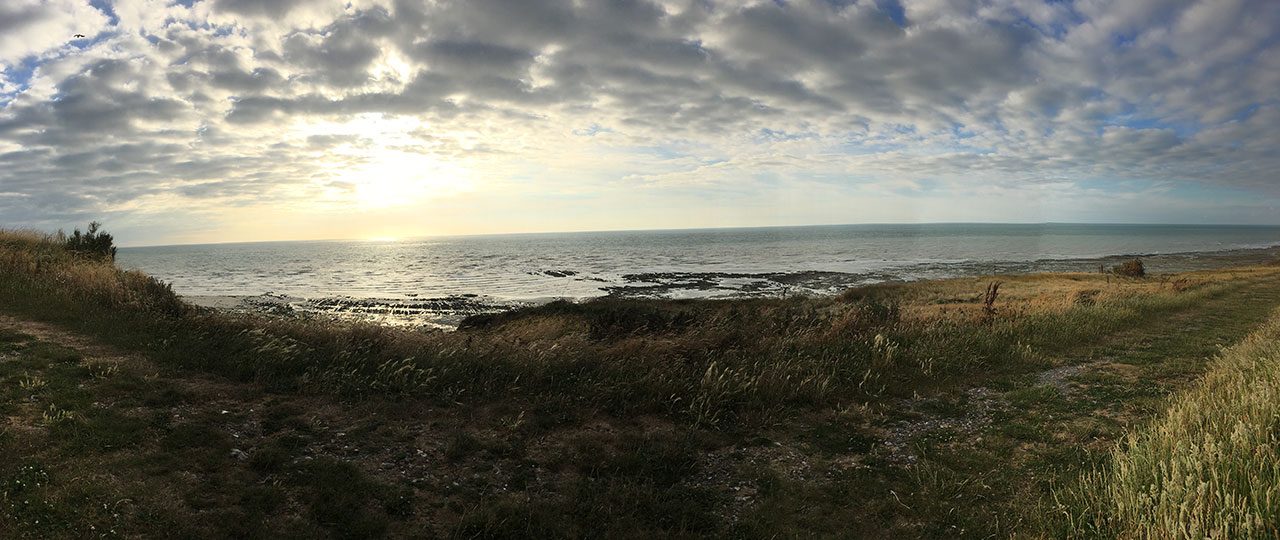Writing automated tests for your WordPress project is a must in order to verify that your code works as expected. Of course you should always do severe manual testing for your plugin or theme, but as always, humans aren’t as precise and thorough as computers can be with that. Furthermore having sufficient automated tests (i.e. solid test coverage for your code) also indicates whether a subsequent change, as in a later release, unexpectedly breaks something you wouldn’t have detected otherwise. This post gives you an introduction on the test suite that WordPress core includes, which you can also use to test your plugin for example, but of course too if you’re contributing to WordPress core.
Blog
-
Several people have already posted their thoughts and impressions about the new Gutenberg editor for WordPress, to highlight pros, cons and everything in between. Here is my perspective on it.
-
As you may recognize from the title, this post is written in German. That is because its target audience is the German community in particular. It will probably be the only German post on my blog, so please forgive me for doing that. I’m sorry, and I hope you don’t feel left out.
Wenn eine nicht-deutschsprachige Person die Einführung oben gelesen hat, werden meine Entschuldigungen wohl nicht darüber hinweg helfen, dass sie sich möglicherweise von diesem Beitrag ausgeschlossen fühlen. Ich halte dies also für eine gute Einleitung für diesen Beitrag, den ich explizit an die deutsche Community richten möchte: Viele von uns tendieren nämlich dazu, in unserer Komfortzone zu bleiben (#GermanBubble) – was an sich natürlich jedem selbst überlassen ist, aber teilweise ein recht exklusives Gefühl an WordPress Community-Mitglieder aus anderen Ländern vermittelt. In diesem Beitrag möchte ich näher darauf eingehen. Der Beitrag mag an einigen Stellen überaus kritisch erscheinen, doch ich möchte nicht, dass sich jemand vor den Kopf gestoßen fühlt. Ich mag euch sehr und viele von euch sind mir gute Freunde geworden, trotzdem ist es für mich an der Zeit, ein unbehagliches Phänomen, das ich seit längerem sehe, mal öffentlich auszusprechen. Mein Ziel ist es vor allem, ein Nachdenken über die Thematik zu fördern und das eigene Verhalten zu reflektieren.
-
Today is a special one for me: It marks my second anniversary as part of the WordPress community. It was this day two years ago that I was on a plane to Sevilla, excited to attend my first ever WordCamp, WordCamp Europe 2015. It has been an incredible journey for me since then, and I’d like to process and share my experience of what has happened in the past year (I also have posts up for that very first WordCamp and for the recap of my first year).
-
Finally I’m on vacation. Which ironically finally gives me time to migrate my website, something that I have been wanting to do for several months. While you might think that I spend too much time with WordPress, I have to say that there is nothing stressful to me about doing some of the things that I wouldn’t be able to otherwise – rest assured that I’m spending enough time sitting in the sun, dining and doing nothing. ☀️
Alright, the reason I’m writing this post is simply that I would like to share a tiny bit about what I did. This website as well as all my other sites, more or less related (for example I have a cocktail blog y’all should follow) are now hosted on SiteGround (
capital_G_dangit()!). Previously I had all these sites hosted with Google Compute Engine for a little more than a year. This was an interesting experience for me that I had wanted to do, since it allowed me to learn a little more on how all the internals of maintaining a web server setup works, without being too complicated. If you don’t know about Google Compute Engine, it’s basically a lot similar to Digital Ocean, however it runs on Google’s infrastructure and is part of Google Cloud Platform, which can be compared to Amazon AWS. Anyway, all of this helped me learn a lot, but it was also obviously more work than usually, so I’m happy I’m back at a regular host now that keeps things for me simple. Another reason that I’m happy that this experiment is now finally over is that it was quite an expense and oversized for my needs – at this point I’m good moving back to a shared host for this. I would have done that sooner, but then again, I needed a relaxed environment and time to do it. -
If you’re a theme developer, you’re probably aware of the bits and pieces you need to look out for to have your theme be compliant with WordPress standards, for example in order to get it to appear in the wordpress.org themes repository. A theme is pretty much a separate unit within the infrastructure of a WordPress setup, it uses several specific functions that WordPress core provides and may also use some markup that is already part of core, such as a default search form or pagination. What is less commonly known though is that there are also things to look out for to make your theme fully compatible with the Multisite feature of WordPress. It’s nothing complex for most cases, but it is often overlooked. I’ll highlight the two special requirements in this post.
-
This morning I read a very good discussion on the usability of WordPress Core on the Post Status Slack, primarily focussed on the comparison with platforms like Wix (if you’re a member, I highly encourage you to read it). One thing that, once again, struck me was how we have the issue where developer expectations of WordPress vastly differ from user expectations – let me address this in just a bit. For the beginning I would like to quote something Helen Hou-Sandí said during the discussion:
WP does not currently exist as a good piece of software for “building a site”. It’s getting there, and I think the vision’s been there for quite some time, just that this particular dev-oriented audience gets lost in what we want to do with WP and pushes back against features that would move toward said vision in the first place, just because it’s not what we need to do client stuff.
-
For this year, I wanted to take some time to write down some notes on things that I would like to prioritize in my life. Just as how WordPress is now putting the main efforts into three major focuses, I wanted to separate mine into three major focuses as well. For 2017, these are going to be health, contributing and relationships. This is the first post I have ever written like this, and for the most part it will be a list of things I want to pursue. I would like to be able to return to this post at any given time to remind myself of these things and also to write a summary by the end of the new year in relation to which of these goals I have accomplished, in which points I have improved and which I should probably put more effort into.
-
I cannot believe that my most-listened track is actually a German song.
-
Music is a very important part of my life. I’m sure that is the case for many people, yet I wanted to explicitly mention it in this post. I listen to music during almost my entire work day, I have been playing piano since I was 8 years old and I also write songs occasionally and produce a few things using tools like Cubase and such. So yesterday I had the thought of looking back and thinking about the songs that I have listened to over all the years, songs that may even have shaped me in a way. I asked myself whether I could determine a song for every year that I associate the most with that time in my life. Things like that are just something I’m interested in, for example I’ve also been keeping track of my musical listening habits through Last.fm since 2007. It was also very nice to take some time to dive into old memories. So in this post I’m putting the list of songs out there. This is kind of a very personal post in some cases; maybe you’re just interested in such things the same way as I am, or you are curious about music recommendations, or you would like to know me better. For me the reason of writing this is that I simply want to keep track – after all, people used to call blogs weblogs, and that’s what I’m doing here – logging my favorite songs for each year of my life. Well, not my entire life: I will start with the year 2000 (I was 10 years old then), since I can’t quite recall anything before that and it would mostly have been entirely charts music anyway – and you will notice that especially in the first years of the list, my musical taste was still evolving. 🙂 By the way, to start things off, I’m pretty sure that I can say that German band Rammstein has been the only constant for as long as I can remember: Although none of their songs is present in the following list, I have listened to them at the same time I listened to Britney Spears, and I still listen to them now from time to time. But now, here’s the list of my favorite songs for each year as far as I can remember. Some of the years I would say there was more than 1 song I could have put there, but I think what I have there is a pretty good representation of my taste in music and also events in my life. Please note in advance that the songs represent what I’ve listened to for each year – it doesn’t necessarily mean that it was released in that year.



